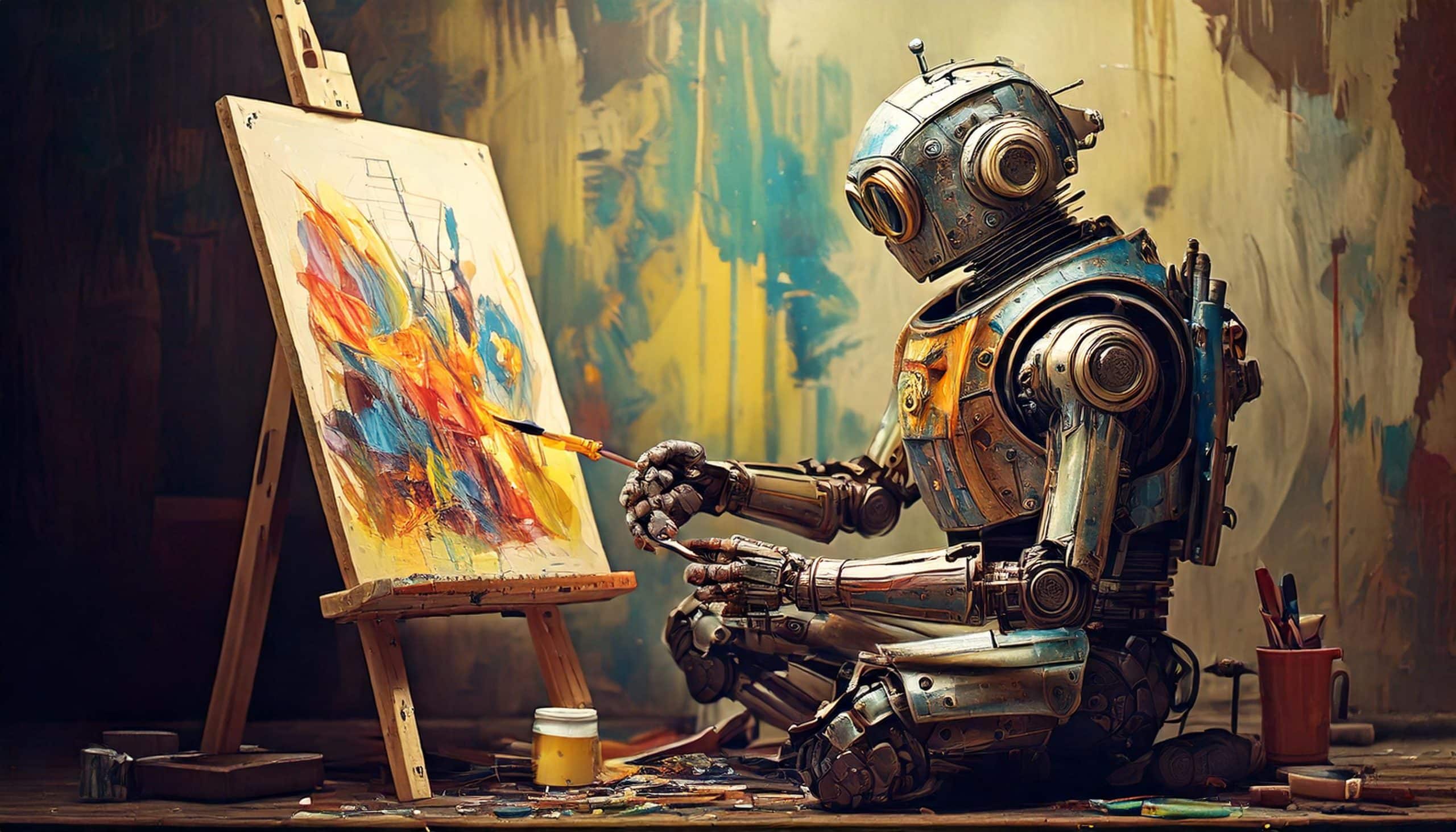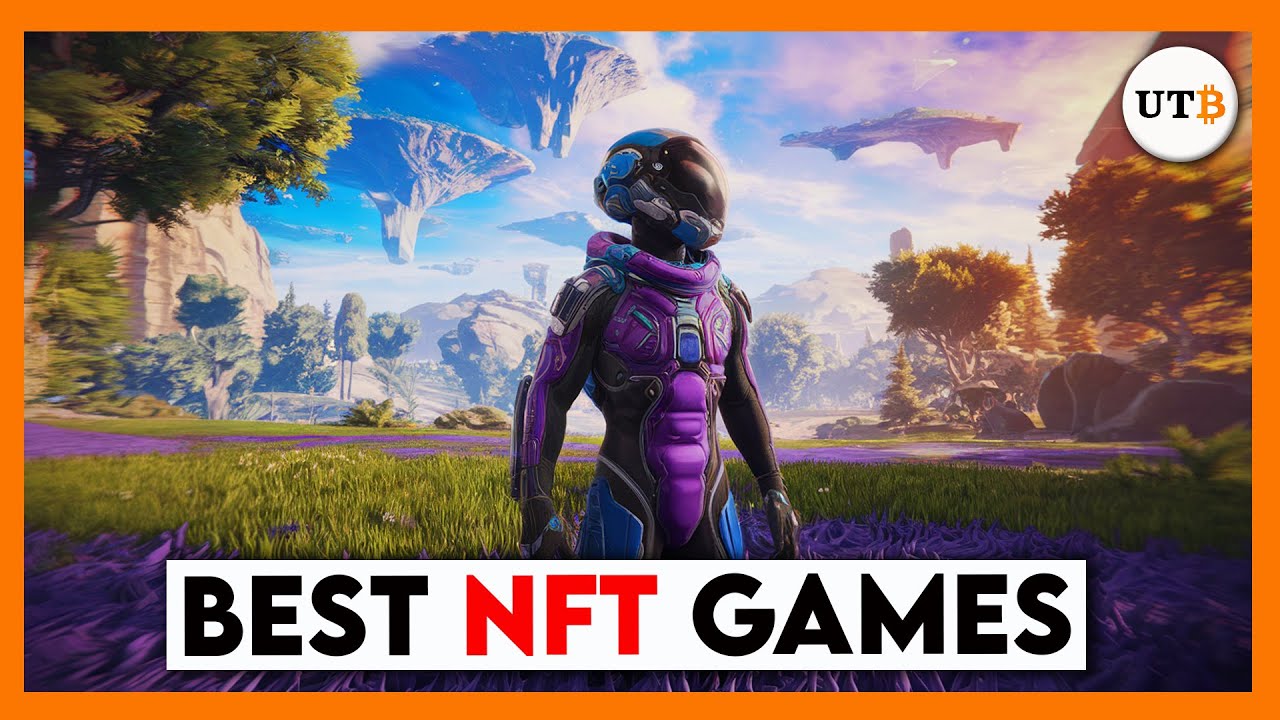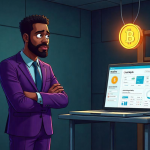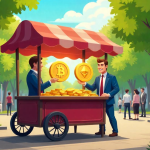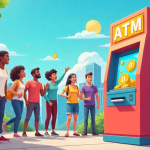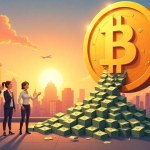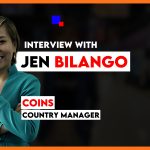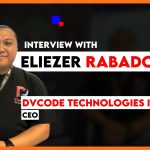Key Takeaways
- NFTs (Non-Fungible Tokens) are unique digital assets stored on the blockchain, allowing artists to sell their digital art with verifiable ownership and scarcity.
- To create an NFT, design your artwork, then use a platform (like OpenSea or Rarible) to mint it into an NFT by uploading your file and associating it with a blockchain transaction.
- After minting your NFT, promote it through social media, collaborate with influencers, and set a price for your art in a marketplace to attract potential buyers.
From an investor’s perspective, non-fungible tokens, or NFTs, enable a whole new asset class. This makes the digital property certificates, which are based on blockchain technology, increasingly interesting for artists as well.
But how do you create and sell your own NFT? What to look out for when creating and selling NFTs. Let’s dive in!
What Exactly Is An NFT?

NFTs are digital tokens that signify ownership of a unique and scarce item.
This could include art, music, collectibles, in-game assets, or even virtual real estate.
Unlike traditional cryptocurrencies like Bitcoin or Ethereum or fiat currencies such as the US dollar or Euro, NFTs cannot be exchanged for one another. Each token holds a distinct value due to its one-of-a-kind characteristics.
Unlike standard cryptocurrencies, NFTs are not bought or sold on typical crypto exchanges, whether centralized or decentralized. Instead, they are traded on specialized online marketplaces like Opensea, Nifty Gateway, Rarible, and others.
What Are The Chances Of Actually Selling An NFT?
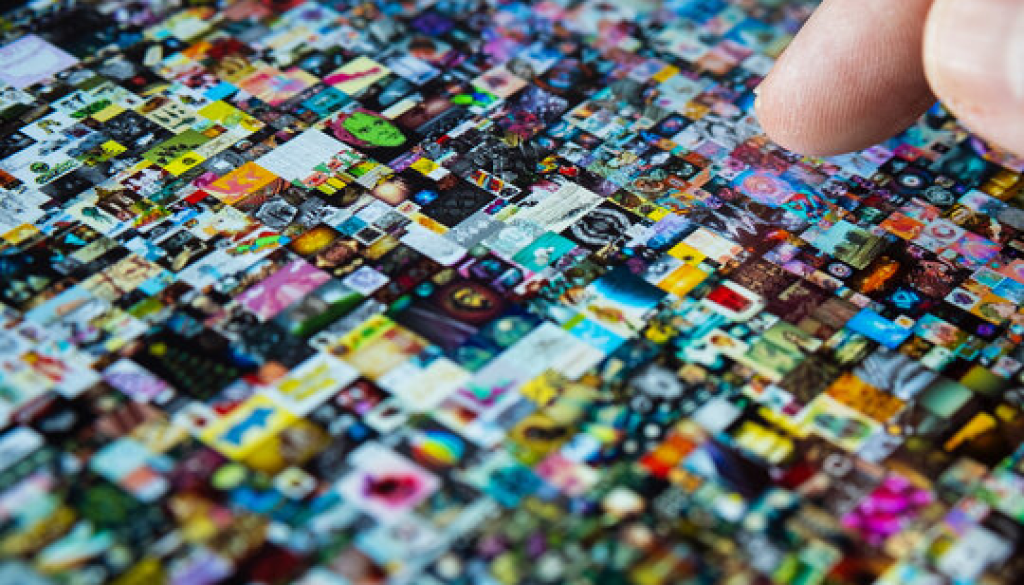
In February 2021, artist Mike Winklemann’s collage “Everydays: the First 5000 Days” fetched $69 million at auction, making it the most expensive NFT ever sold.
However, large sums like this should not mislead anyone; not every NFT commands such high prices, and many do not sell at all. The market for NFTs that achieve high prices remains limited to a relatively small group of sellers and buyers.
A study published in Nature revealed that 75% of NFTs sold for less than $15, with only 1% surpassing $1,594 between June 2017 and April 2021.
Moreover, just 10% of sellers account for 85% of all NFT transactions. While art NFTs are drawing significant attention, they represent only 10% of the total market.
Digital collectibles, such as baseball cards or NFTs used in video games, make up a much more significant portion of the market.
Well-established artists find it easier to succeed in the NFT space due to their existing fanbase and reputation in the traditional art world. By setting strategic prices and employing effective marketing, they can attract buyers to their digital works.
What Are The Benefits Of NFTs For Artists?

NFTs serve to secure ownership of digital as well as tangible assets. Artists can thus offer their works directly worldwide.
This allows them to bypass auction houses and gallery owners who charge buyers a premium on the auction price.
Plus, creators of NFTs can profit from a resale. In that case, designers program automatic royalties into the blockchain of their works. If the NFT is resold, the artist automatically receives a percentage of the sale price.
Create An NFT Yourself: What Are The Requirements?
Anyone can create an NFT; no reputation as an artist is required. The prerequisite is that you hold the ownership rights to the artwork you want to sell in the form of an NFT.
You will also need a crypto wallet and some coins to pay fees and eventually receive cryptocurrencies as payment when the NFT is sold. Since most NFTs are based on the Ethereum blockchain, it is recommended that you buy ETH.
Here are seven simple steps in creating an NFT:
1. Open a MetaMask account. This is a secure digital wallet in which to store your cryptocurrencies
2. You will need cryptocurrencies in your Web3 wallet, so you must go somewhere like Coinbase to transfer Ethereum (ETH). ETH is the cryptocurrency commonly used by marketplaces that buy and sell NFTs.
3. Sign up for one of the marketplaces (Opensea, Foundation, Rarible, Mintable, Nifty Gateway, etc.).
4. Prepare your digital art or collectibles for submission to one of the marketplaces.
5. Go to the marketplace and click the Sell button at the top.
6. Select the price, auction type, and other preferences. When you are done, click publish your submission.
7. You will then be asked to finish your list. Sign in by connecting and confirming your Web3 wallet.
Costs And Fees: Can NFTs Be Created For Free?

Artists should find out exactly about the costs and fees in advance. The fees differ from platform to platform. On many marketplaces, NFTs can now be created for free.
No fee is indeed charged for creating the NFT. But if the NFT is sold, the company charges a service fee of 2.5% of the sales price.
The reason is that NFTs are minted when purchased instead of storing data on the blockchain immediately after creation. This process is also known as minting. So the buyer pays the gas fee at the time of NFT purchase.
Instructions: 3 Steps To Your Own NFT
Step 1: Create Art
An NFT can be anything that can be tokenized. So, in addition to digital artwork, analog artwork, music, videos, or trading cards can also be sold as NFTs. However, the most valuable NFTs are currently digital artworks.
No special software or app is required to create digital art. Depending on the type of artwork, anything from graphics and image editing software to video, audio, and 3D programs can be used.
Artists can make NFT art using Android and iOS, as well as on mobile, laptop, or PC. Additionally, the items must be photographed or scanned to create NFTs from analog works.
Step 2: Create NFT
Next, the artist chooses a marketplace to turn the artwork into an NFT to offer for sale. The process is also known as stamping or minting. Once minted, editing the file stored on the blockchain is impossible.
In addition to the upcoming fees charged by each platform, designers should also be aware of marketplace specifications. Such as what file formats and sizes are allowed.
The file is then uploaded to the platform. In a profile, the artist provides interested buyers with further information. In addition to a name, the NFT also needs a description.
If all the information is there, you have successfully created the NFT. Only no one can buy the NFT yet.
Step 3: Sell NFT
For your NFT to be displayed to buyers, you must offer it for sale. To do this, click on “Sell.” Now, you must decide which tokens are accepted as payment and whether you want to sell your NFT at a fixed price or via auction. If you choose for an auction, you must set a minimum bid.
The percentage that the artist will receive when the NFT changes hands is also set here.
Once the process is complete, the audience can be aware of the NFTs on the NFT marketplace. Now, they are waiting for an offer to buy.
NFT Marketplaces
- Foundation: Foundation has quickly established itself as one of the most popular NFT marketplaces for creators.
- Rarible: This is an NFT marketplace owned by community members using RARI tokens. It focuses on art, but many other types of NFT items are available.
- OpenSea: One of the most well-known universal NFT marketplaces. Non-fungible tokens represent ownership of a wide range of items, including artwork.
- Nifty Gateway: Nifty is one of the largest NFT marketplaces. You can purchase artwork from well-known artists.
- Artion: Artion is an NFT marketplace built on Fantom. Users can create and trade NFTs instantly with low network costs.
Final Thoughts
There are numerous NFT marketplaces to explore and plenty to learn about creating, listing, selling, trading, and investing in NFTs. This space will continue to evolve with exciting developments in the future!






